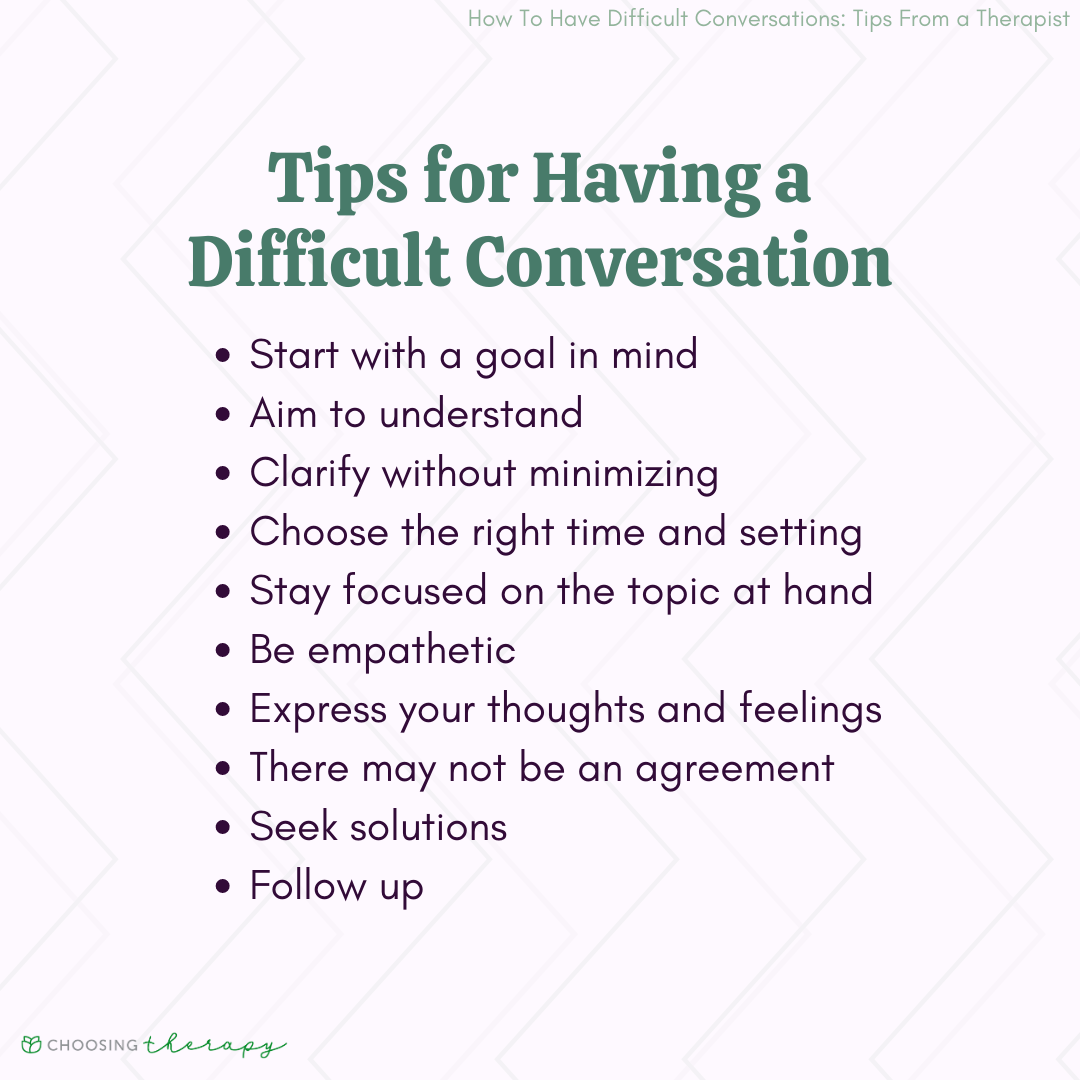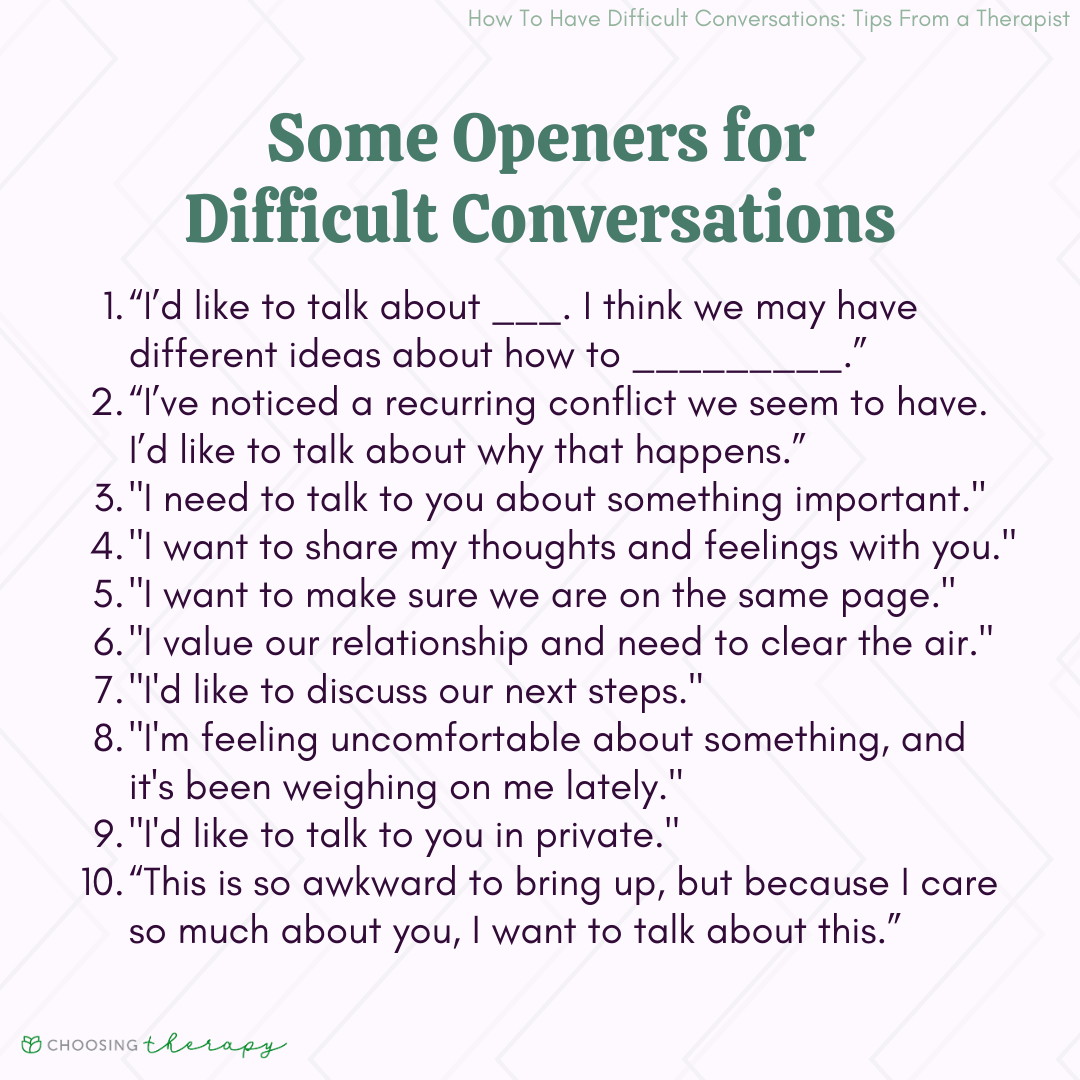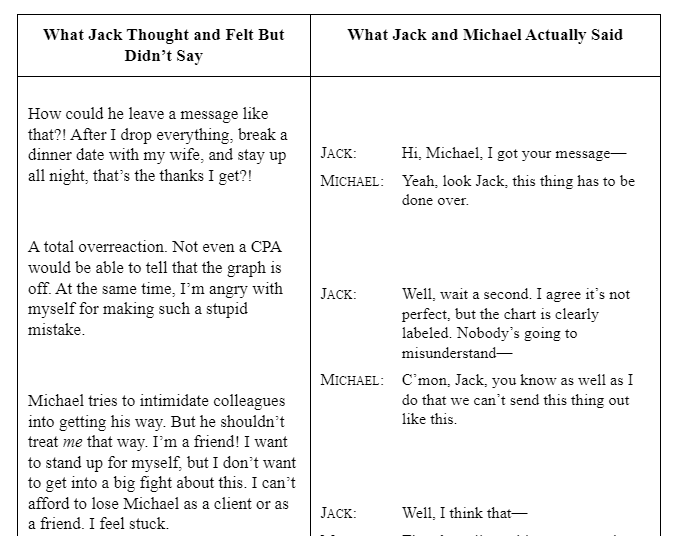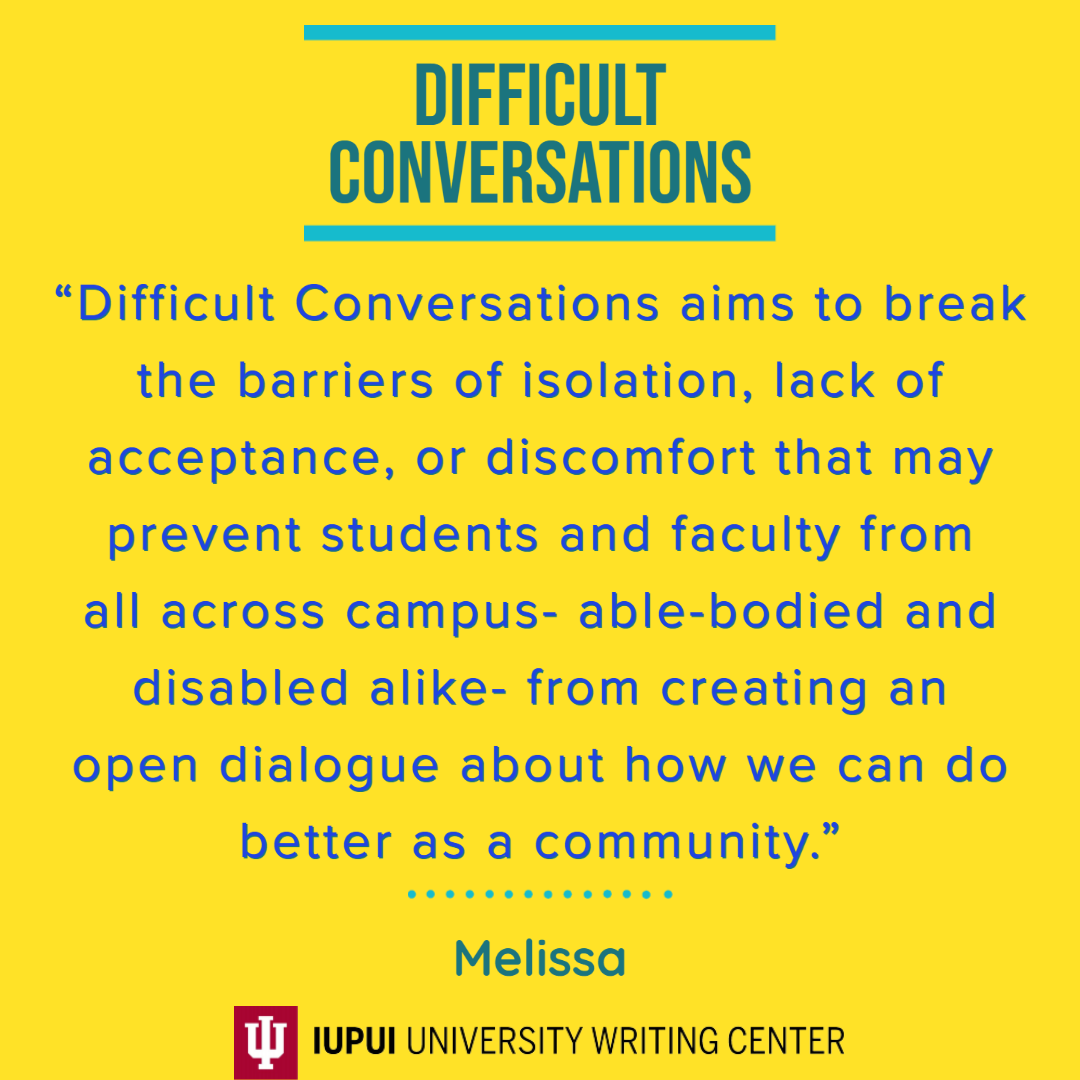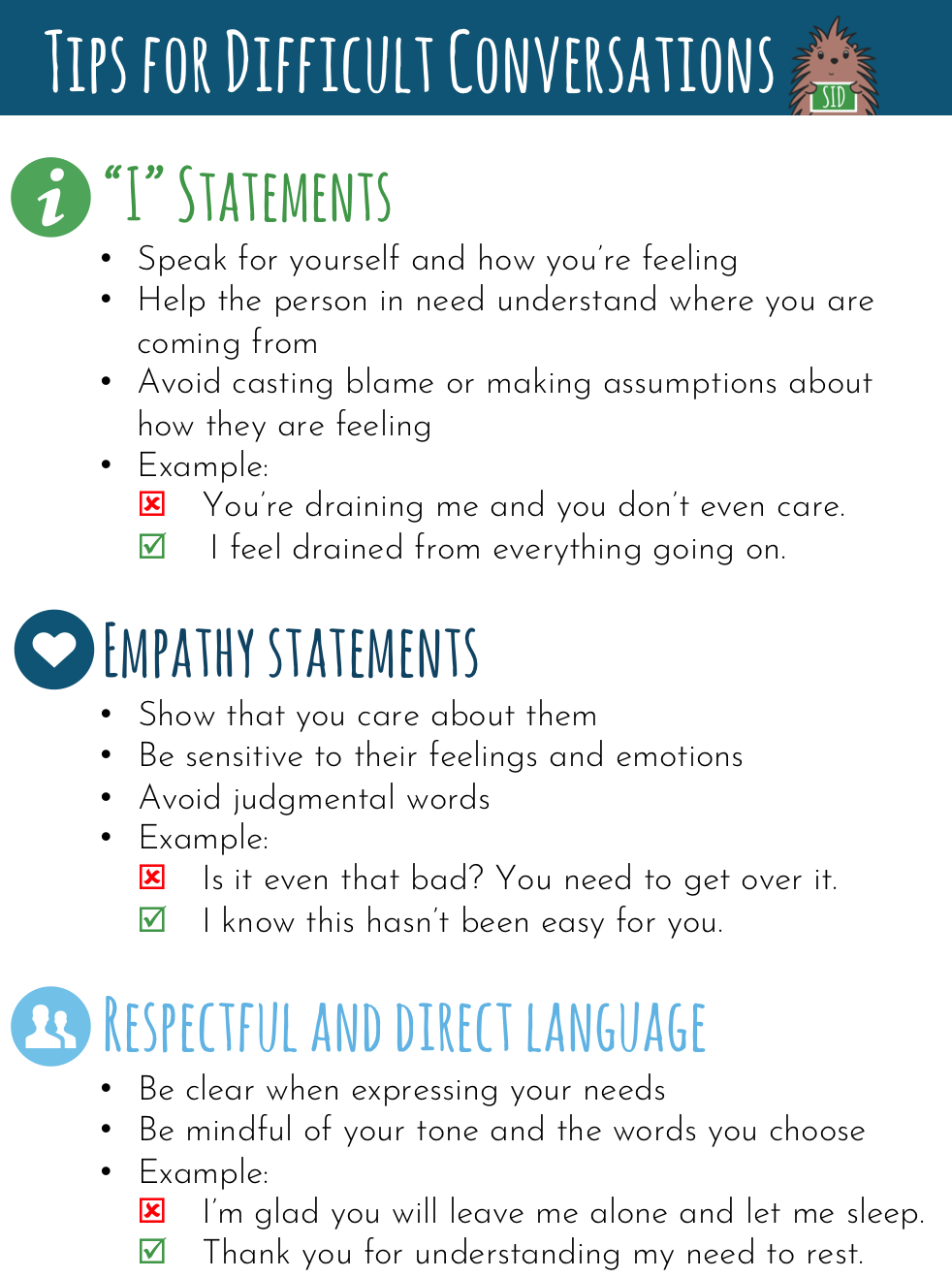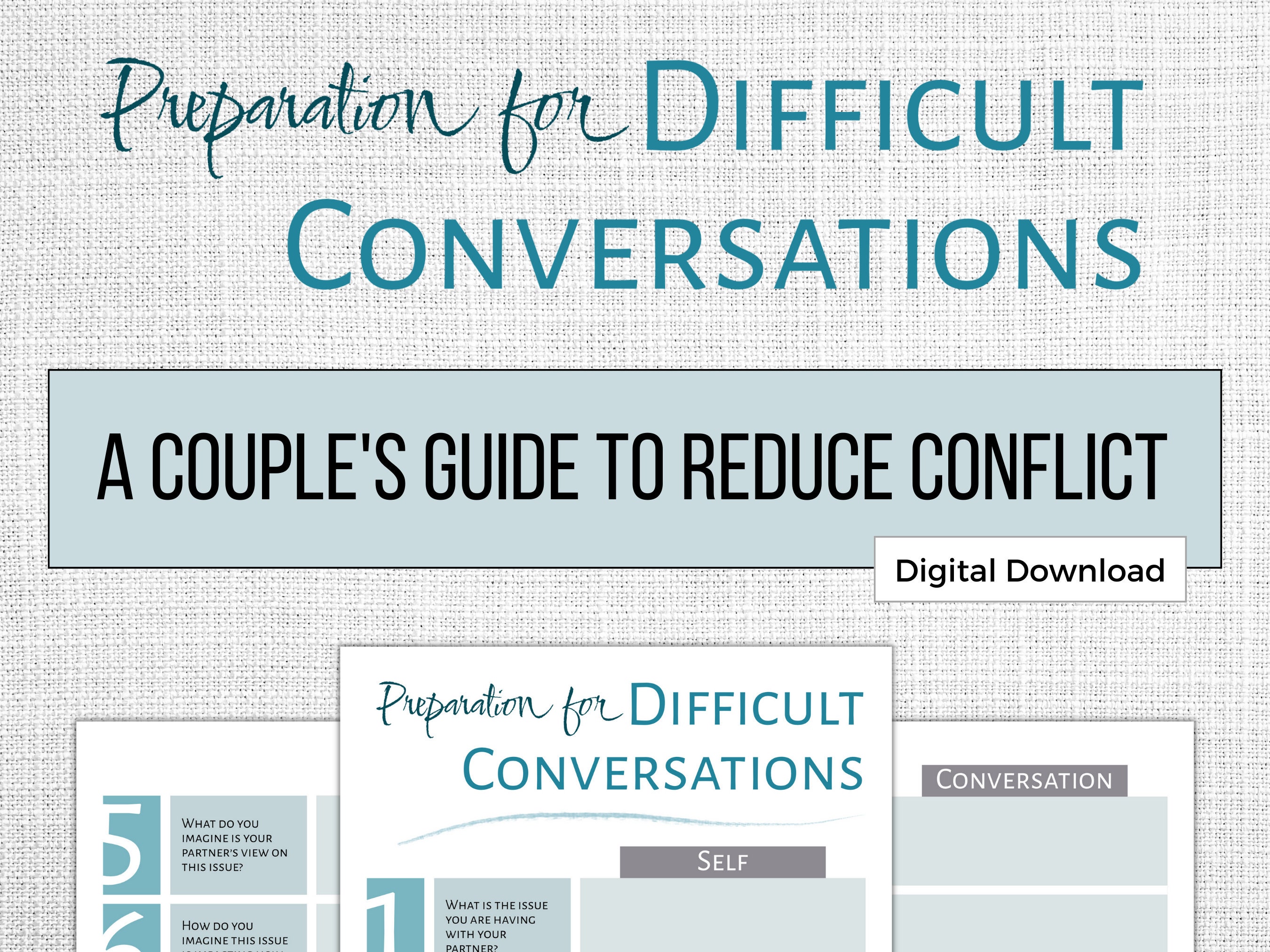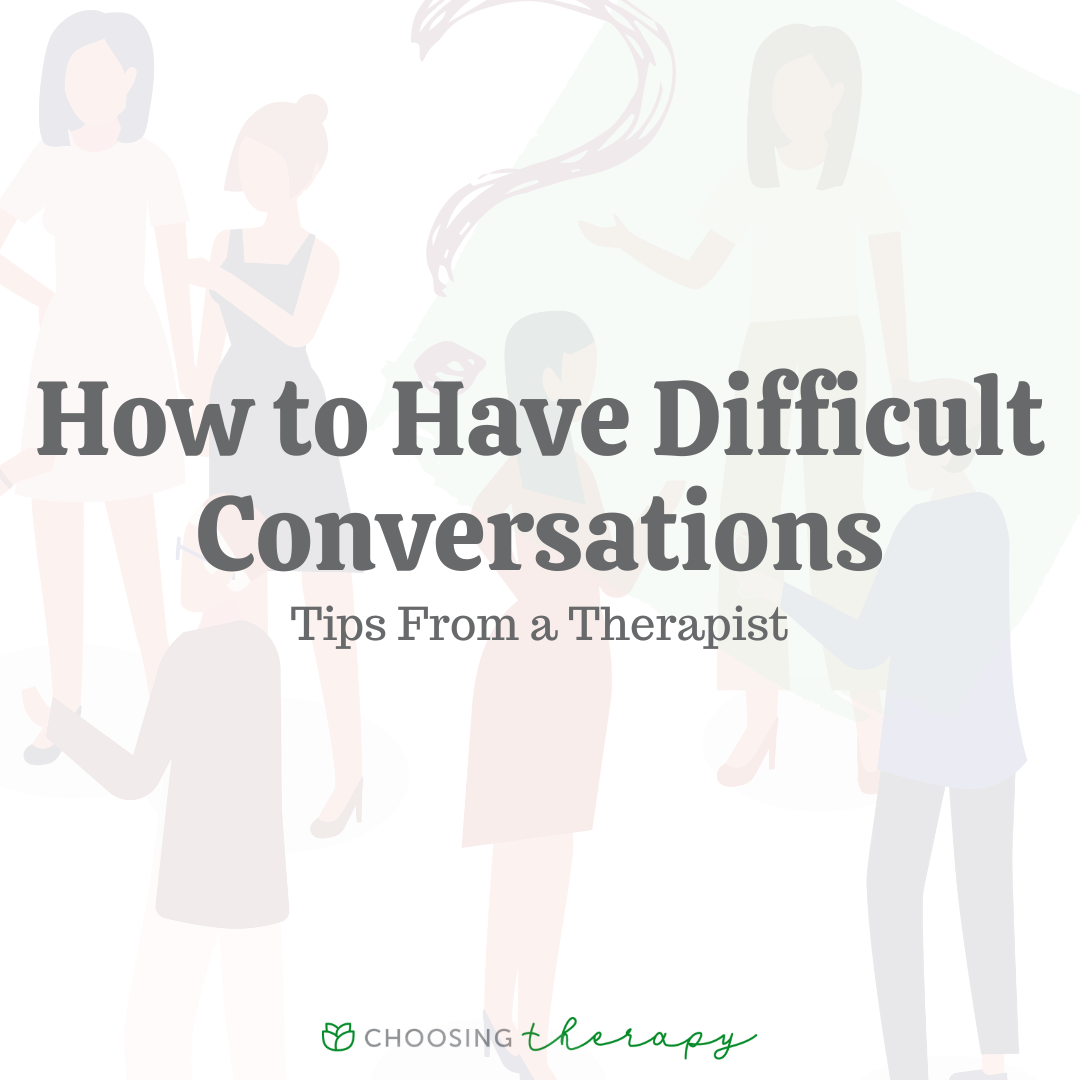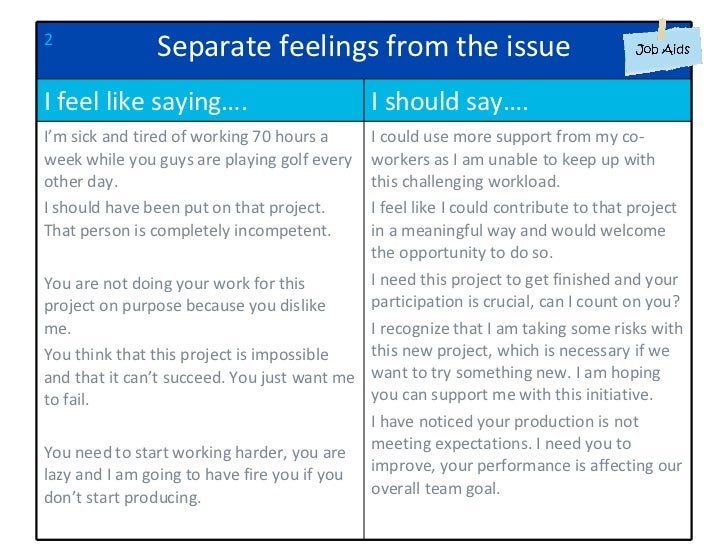Difficult Conversations Examples With Friends

The aroma of freshly brewed coffee hung heavy in the air, a comforting blanket against the chill of the unspoken. Sarah stirred her latte, the spoon clinking softly against the ceramic. Across from her, Emily fidgeted, her gaze darting between Sarah and the intricate patterns on the cafe table. The silence stretched, punctuated only by the gentle hum of conversation around them, a stark contrast to the weight of the words yet to be spoken.
Navigating friendships means more than shared laughter and celebratory toasts; it also involves tackling difficult conversations with grace and honesty. These conversations, though often dreaded, are crucial for maintaining healthy and lasting relationships. Learning how to approach these situations constructively can transform potential conflict into opportunities for deeper understanding and stronger bonds.
The Landscape of Difficult Conversations
Difficult conversations arise from a variety of sources: differing opinions, unmet expectations, or even unintentional slights. According to a study by the Pew Research Center, disagreements about politics and social issues are increasingly straining friendships. This highlights the need for effective communication strategies to bridge divides and navigate these sensitive topics.
Consider the scenario of Sarah and Emily. Sarah has noticed Emily consistently arriving late to their plans, often with flimsy excuses. While Sarah values Emily's friendship, she feels disrespected by the constant tardiness. This unmet expectation has created a simmering tension that needs to be addressed.
Example 1: Addressing a Pattern of Unreliability
One approach Sarah could take is to start by acknowledging the positive aspects of their friendship. "Emily, I really value our friendship and the time we spend together," she might begin. "However, I've noticed a pattern of you arriving late lately, and it makes me feel like my time isn't being respected."
It's important to use "I" statements to express feelings without placing blame. Instead of saying, "You're always late," Sarah uses "It makes me feel..." This gentle approach invites Emily to understand Sarah's perspective without feeling attacked.
Emily's response is crucial. Perhaps she's been struggling with unforeseen circumstances, or maybe she's unaware of the impact her lateness has. Open and honest communication from both sides is essential to finding a resolution.
Example 2: Navigating Differing Political Views
Another common source of friction arises from political disagreements. Let's imagine Michael and David, long-time friends with vastly different political ideologies. Their debates have become increasingly heated, leading to strained silences and a sense of distance.
In this situation, setting boundaries is key. Michael could initiate a conversation by saying, "David, I value our friendship, but I've noticed our political discussions have become quite intense. Perhaps we could agree to disagree on certain topics to protect our friendship."
This doesn't mean avoiding important conversations altogether, but rather choosing the right time and place to engage, and focusing on understanding each other's perspectives rather than trying to "win" the argument. Finding common ground on shared values, such as community or family, can also help bridge the gap.
Example 3: Addressing a Change in Behavior
Sometimes, difficult conversations stem from noticing a change in a friend's behavior. Imagine Lisa noticing that her friend Brenda has become increasingly withdrawn and isolated since starting a new job. Lisa could approach Brenda with concern.
"Brenda, I've noticed you haven't been yourself lately. I am worried. Is everything alright?" Lisa might ask. This shows Brenda that Lisa cares and offers a safe space for Brenda to open up.
Active listening is vital in this scenario. Lisa should listen without judgment, offering support and understanding, even if Brenda is hesitant to share everything. Sometimes, simply knowing that someone cares and is willing to listen is enough to make a difference.
Cultivating Healthy Communication
Ultimately, the success of difficult conversations hinges on empathy, respect, and a willingness to understand the other person's perspective. According to Dr. Brené Brown, vulnerability is at the heart of meaningful connection. Sharing our feelings honestly, even when it's uncomfortable, fosters trust and strengthens relationships.
It's important to remember that not all difficult conversations will end with perfect resolutions. Sometimes, the goal is simply to express your feelings, be heard, and understand each other better. Accepting differences and agreeing to disagree are also valid outcomes.
As Sarah finally breaks the silence and begins to speak to Emily, the atmosphere in the cafe shifts. The weight of the unspoken begins to lift, replaced by a sense of hope. Whether the conversation leads to immediate resolution or a gradual shift, the act of communicating honestly has laid the foundation for a stronger, more resilient friendship.
